A Guide to the Key Properties of Integrals
Integral calculus stands as a cornerstone of mathematical analysis, providing powerful tools to quantify the area under curves, the accumulation of quantities, and much more. Whether you're a student grappling with the basics or an enthusiast brushing up on concepts, understanding the properties of integrals is crucial for mastering this discipline. In this article, we delve into the core properties that make integrals not just fascinating abstract concepts, but also immensely practical tools. Join us as we demystify these properties step-by-step, laying a solid foundation for your journey through the landscape of integral calculus.

Step-by-step Guide to Master Key Properties of Integrals in Calculus
Here is a step-by-step guide to mastering key properties of integrals in calculus:
Step 1: Linearity of Integration
The linearity property of integration is pivotal because it allows us to break down the integral of a complex expression into simpler, more manageable parts. This property states that if you have two functions, \(f(x)\) and \(g(x)\), and two constants, \(a\) and \(b\), the integral of a linear combination of these functions can be expressed as the linear combination of their integrals. In mathematical terms:
\(∫[a⋅f(x)±b⋅g(x)] \ dx=a∫f(x) \ dx±b∫g(x) \ dx\)
Steps to apply Linearity of Integration:
- Identify the constants \(a\) and \(b\) and the functions \(f(x)\) and \(g(x)\).
- Take each function and multiply it by its corresponding constant.
- Integrate each function separately.
- Combine the results, ensuring that you maintain the signs (\(+\) or \(-\)) as in the original expression.
Step 2: Power Rule
The power rule is one of the most fundamental rules in integration, particularly when dealing with polynomial functions. It provides a formula for integrating any power of \(x\). The rule is:
\(∫x^n dx=\frac{x^{n+1}}{n+1}+C\) where \(n≠−1\)
Steps to apply the Power Rule:
- Identify the power \(n\) of \(x\).
- Add \(1\) to the power to get \(n+1\).
- Divide \(x^{n+1}\) by \(n+1\).
- Add the constant of integration \(C\), because the integral is an indefinite integral.
Step 3: Integration of Constants
A constant term is integrated by multiplying it by \(x\) and adding the constant of integration. Mathematically, this is expressed as:
\(∫kdx=k⋅x+C\)
Steps to apply Integration of Constants:
- Identify the constant \(k\).
- Multiply \(k\) by \(x\).
- Add the constant of integration \(C\).
Step 4: Additive Interval Property
The additive interval property allows us to break an integral over an interval \([a,c]\) into the sum of integrals over the subintervals \([a,b]\) and \([b,c]\). This is particularly useful when the function has different properties or behaviors at different intervals. The rule is stated as:
\({∫_a}^{c}f(x) \ dx={∫_a}^{b}f(x) \ dx+{∫_b}^{c}f(x) \ dx\)
Steps to apply the Additive Interval Property:
- Identify the overall interval \([a,c]\).
- Choose a point \(b\) between \(a\) and \(c\).
- Calculate the integral from \(a\) to \(b\).
- Calculate the integral from \(b\) to \(c\).
- Add the results of step \(3\) and step \(4\) to get the total integral over \([a,c]\).
Final Word
Understanding and applying these properties is crucial in calculus. They not only simplify the integration process but also enable us to solve complex integrals that might otherwise be intractable. Moreover, they underpin many of the advanced techniques in integral calculus, such as integration by parts, partial fractions, and substitution. Each property adheres to the core principles of integral calculus and provides a systematic approach to solving integration problems.
Related to This Article
More math articles
- Balancing Probabilities: A Comprehensive Guide to the Expected Value of Random Variables
- How to Finding Range, Quartile and Interquartile Range
- Top 10 8th Grade MCAS Math Practice Questions
- How Can You Use Math for Calculating Your Winning?
- How Good Do You Need to Be at Math to Play Baccarat?
- 3rd Grade OST Math Practice Test Questions
- How to Pass the CBEST Test: A Step-By-Step Guide
- What is the Relationship Between Arcs and Chords?
- 3rd Grade NSCAS Math Worksheets: FREE & Printable
- Geometry in Action: Crafting the Circumscribed Circle of a Triangle

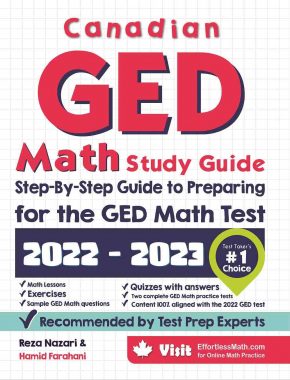

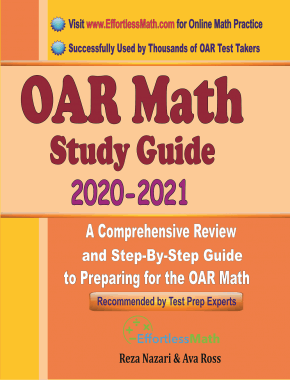
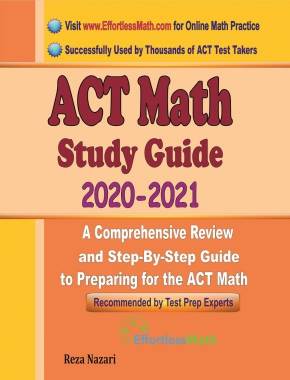
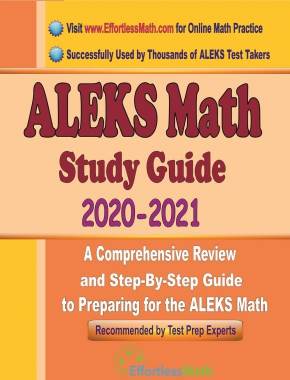
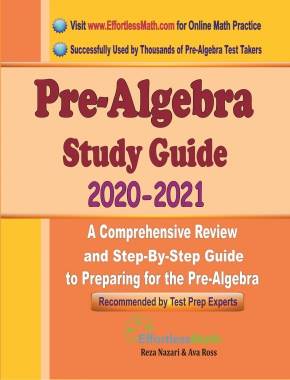
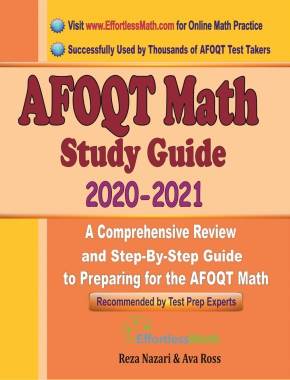
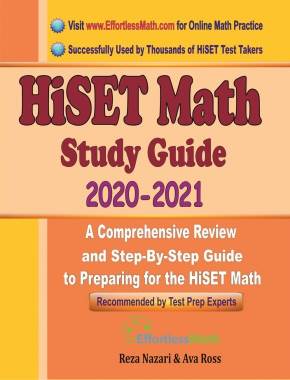
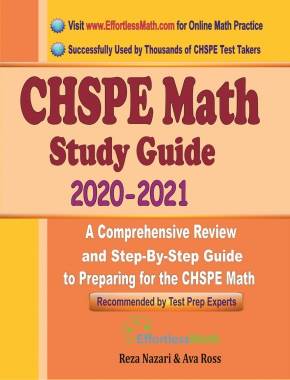
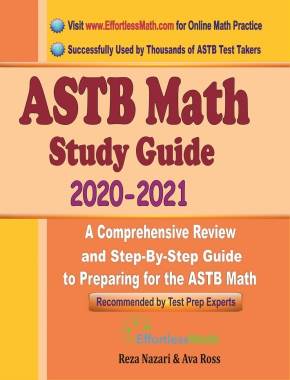
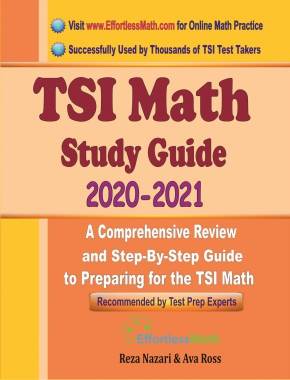
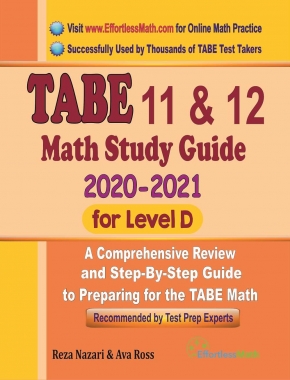
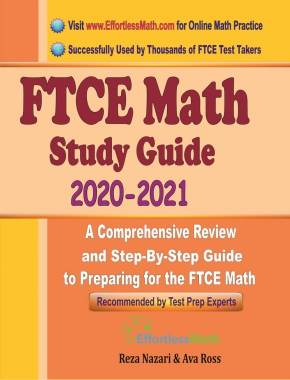
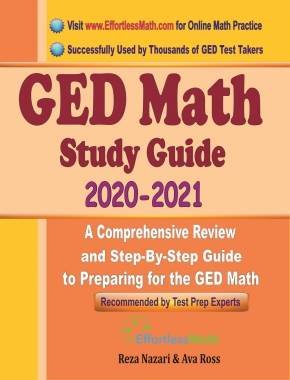



What people say about "A Guide to the Key Properties of Integrals - Effortless Math: We Help Students Learn to LOVE Mathematics"?
No one replied yet.